Yellow Summer Ink
From invasive flowers into the colour of sunshine
We have just passed mid winter solstice here. It is cold but I am working with summer in my studio.
Late summer I made an art journey with my great friend Kath. We try and do this once a year, going somewhere and just making art all day together for as long as we can. It’s quite special to just think art and make art and talk art all day.
This year we were on the very wild Wairarapa coast, with lots of seals and lots of wind.
I tried out lots of wild local plants for colour - ice plant, seaweeds and lupins. Kath kept bringing me other plants she had found to test too.
Standing in the sand dunes moving through the clumps of lupins, harvesting yellow flowers . Surrounded by bees, sunshine, wind, the glorious smell of the lupin flowers - sort of like honey, like how i imagine Provence smells (never actually been there).
Collecting the plants, sitting on the wild beach drawing, I thought Yes. This is what I should be doing. I have to fill my life with this.
The lupins, an invasive species here , were very successful. Ice plant was pretty good, too, but I was having difficulty being sure I had the invasive non-native species rather than the rare native ice plant. So I only took a tiny amount to test.
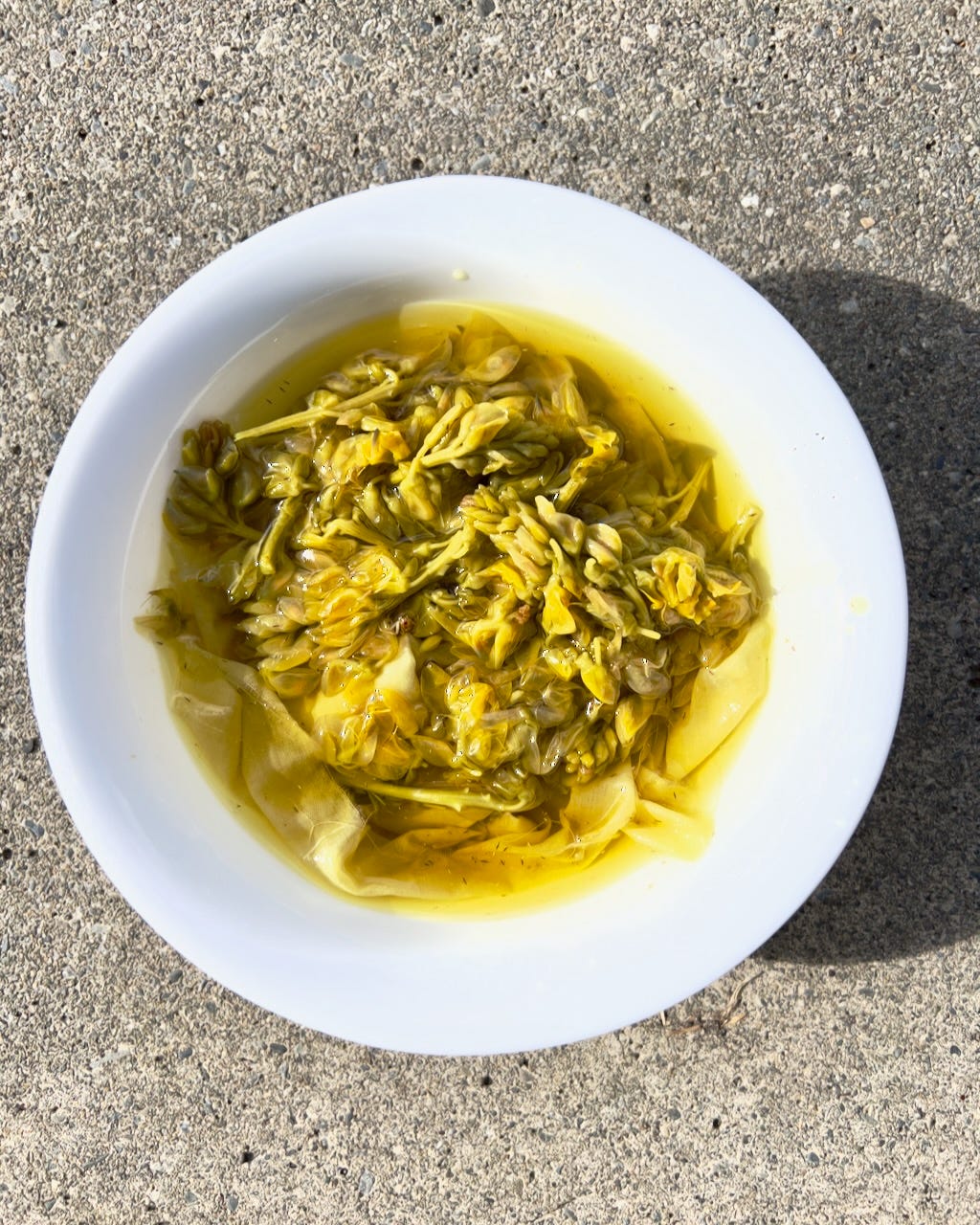
The sharpness and strength of the yellow from lupins was a good surprise. Warm, brownish yellows are fairly common in plant colours, but not such a cool yellow.
I kept a wine bottle of the extracted dye in the fridge (carefully marked, it looked a bit too much like white wine) for four months.
Now I am turning it into a lake pigment, and my studio smells like honey, like summer, like being on the wild coast with all the seals and the bees.
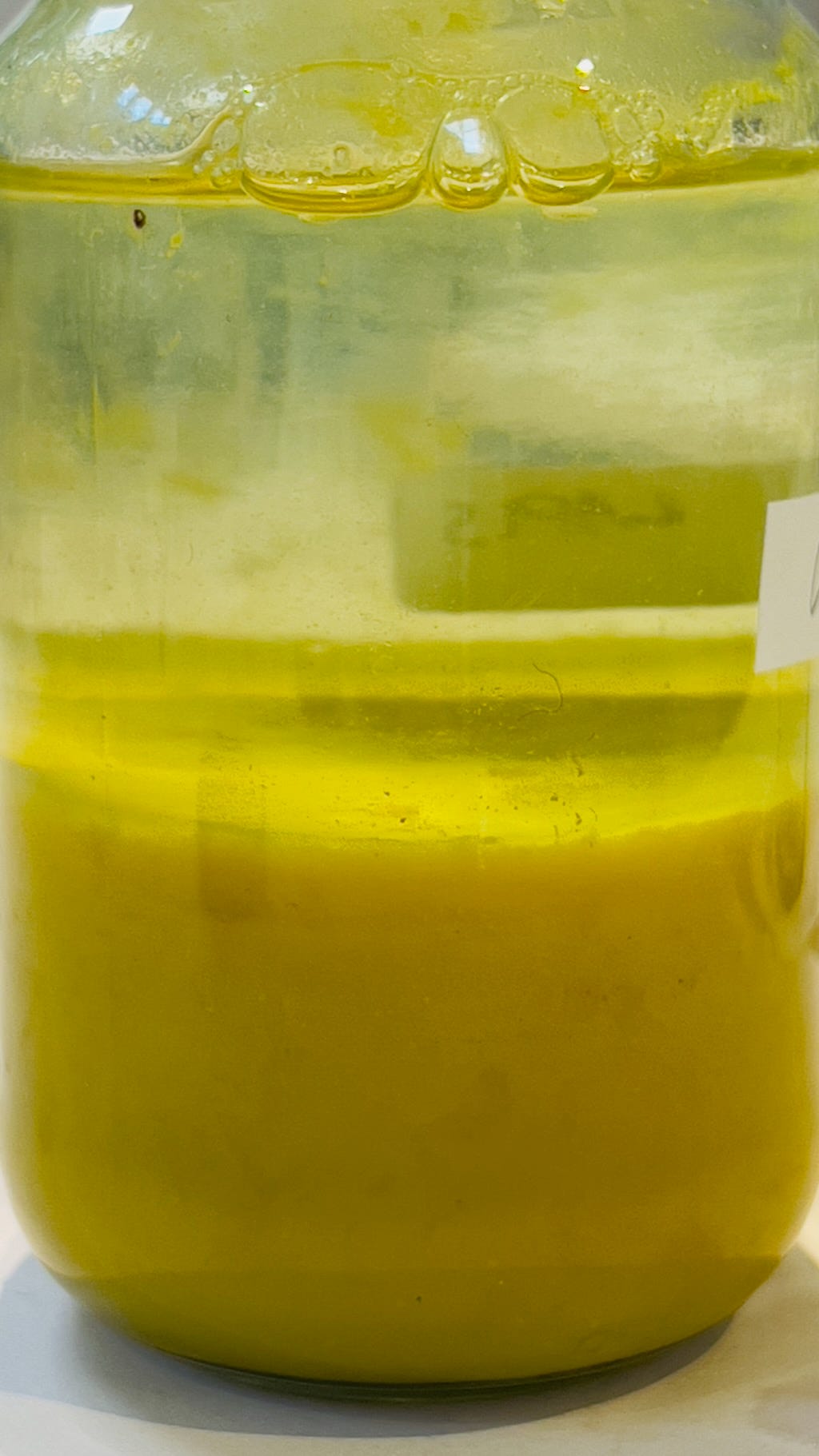
The sense of exploration is such a delight. How much lupin lake pigment has been made in the world before?
The outcome - three bottles of yellow ink, and three bottles of green - made form the lupin lake with a wee drop of indigo added.
The colour, like summer, doesn’t last forever.

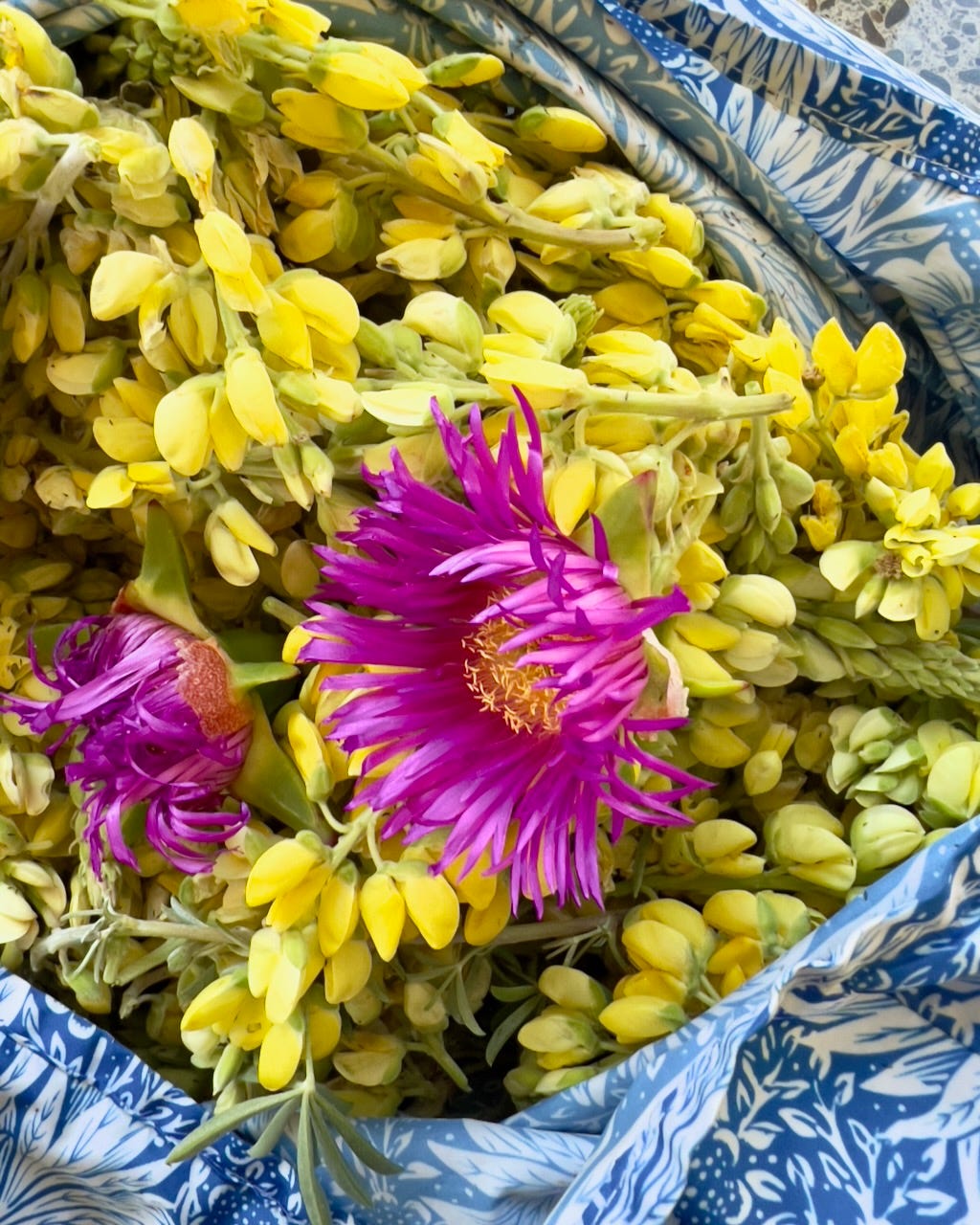
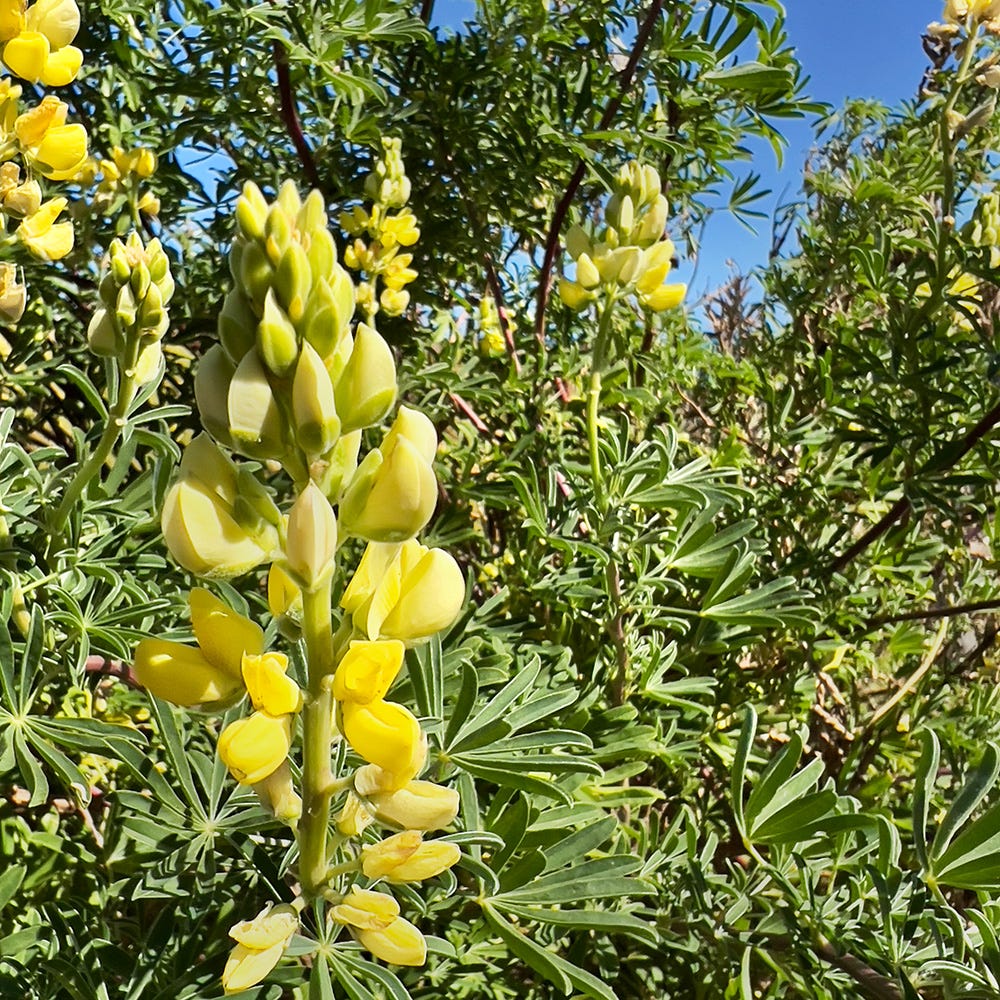
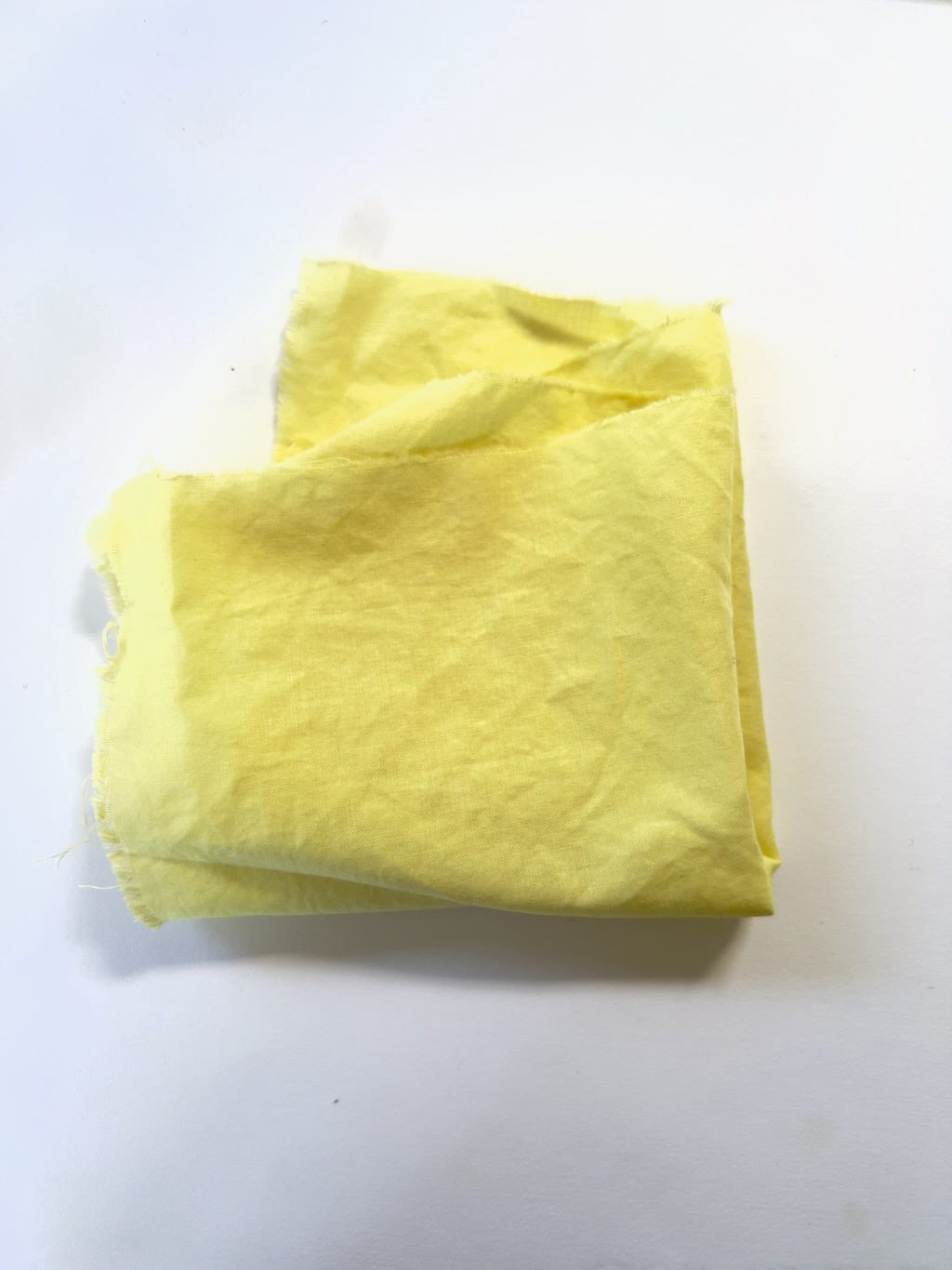
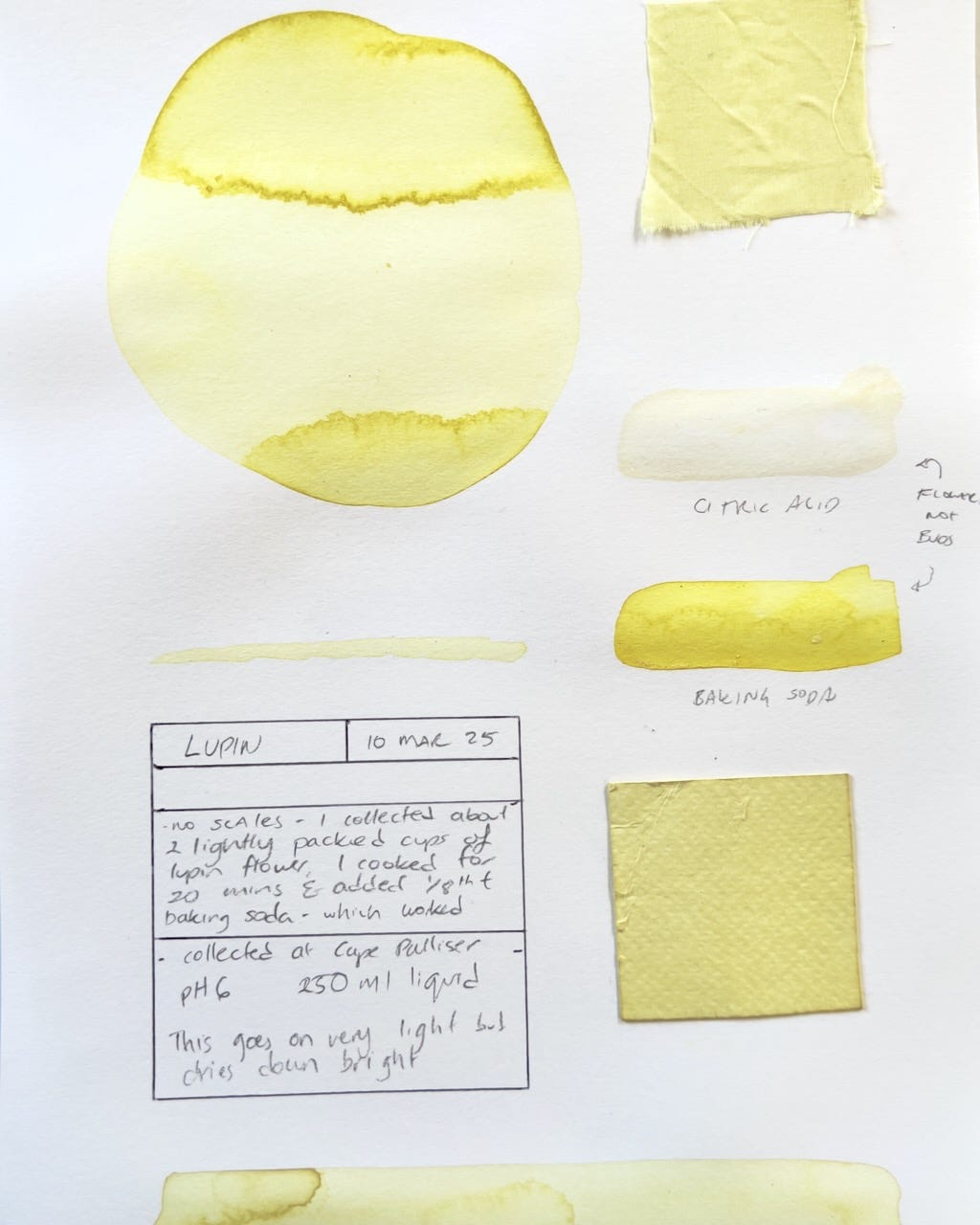
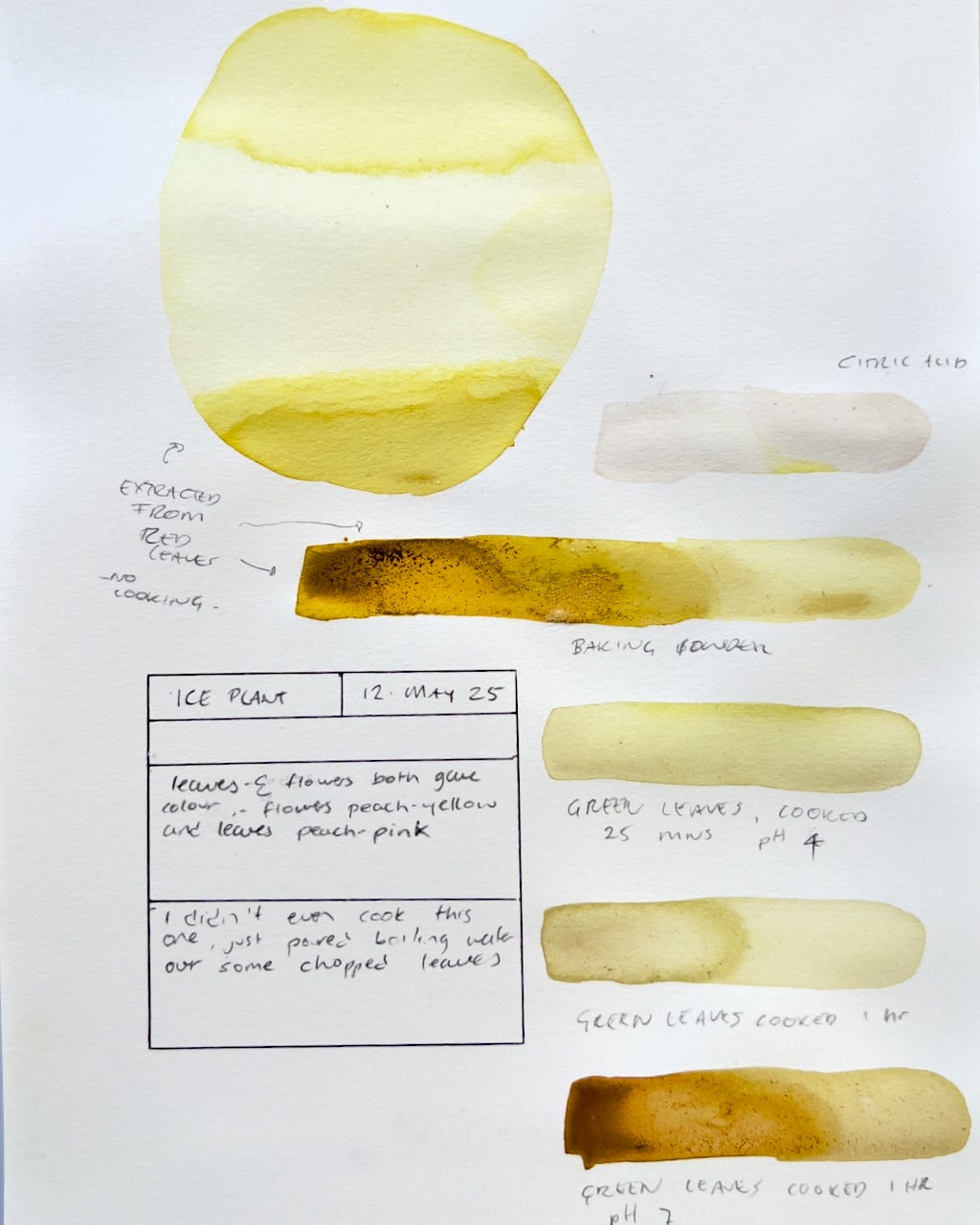
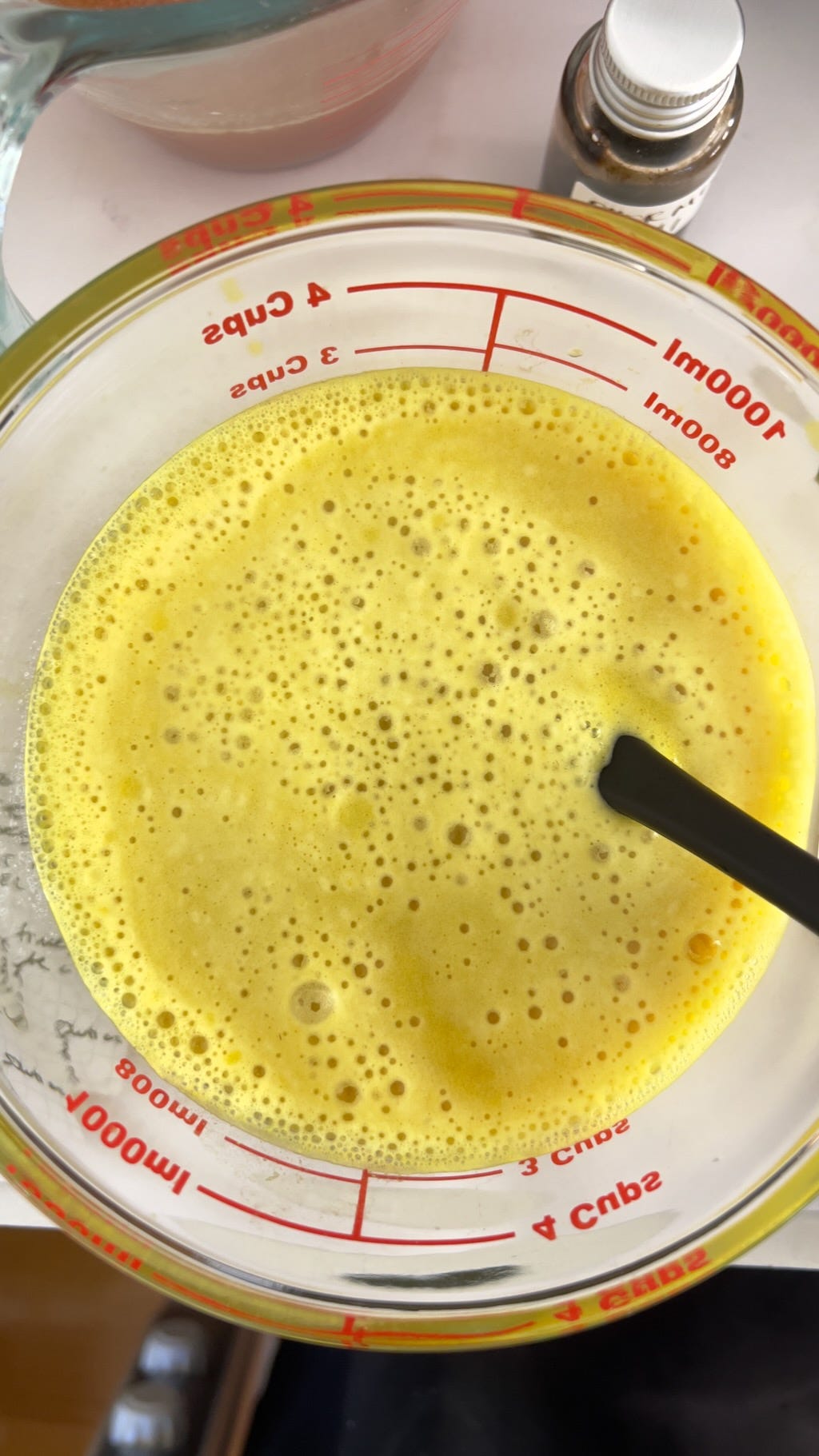
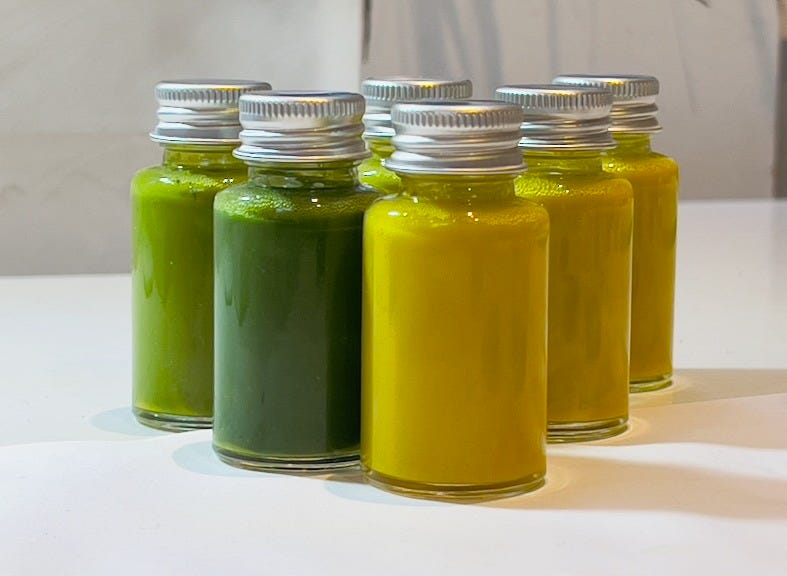
Wow! Such. Brilliant yellow!
What wonderful vibrant colour the lupins make. A real mood enhancer.